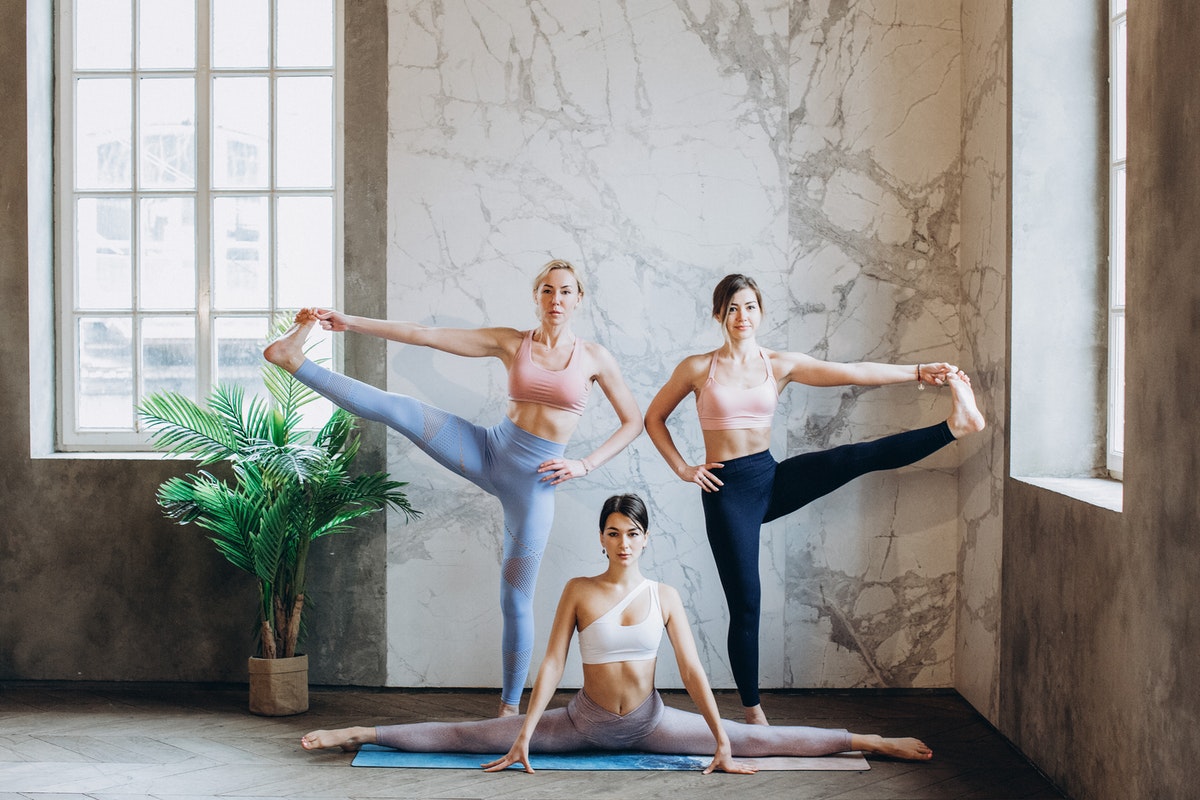

There are few exercises that can reveal an individual’s strength and flexibility imbalances like the gymnastic scale. A scale is a relatively simple movement that is somewhat difficult to perform correctly.
The scale gets its name from the old-fashioned balance scales, where one side rises as the other drops. The scale as a fitness skill requires precise body control and balance and can be used as a great tool to evaluate weak points in a client for exercise programming. A gymnastic scale is defined simply as any balanced position on one leg where the other leg is held level to or higher than the hip. There are many variations based on that general definition, but this article will discuss the front scale leg lift.
In proper execution of a front scale, the body is straight and remains rigid. The arms are held straight out to the sides in the frontal plane at shoulder height, parallel to the ground. One leg is lifted in front of the body, slowly and under control, to the highest point at which the individual feels comfortable and can maintain proper body position. The lift is held for five seconds, upon which the leg is lowered slowly back to start.
The movement is repeated for three to five repetitions, and then the same number of repetitions should be executed with the opposite leg.
Having the client perform a front scale leg lift on both sides during the initial consultation will yield valuable information for customizing an exercise program. Those muscles determined to be weak can be strengthened by performing the scale itself, often as part of the warm-up, while additional work can be structured into the exercise session. Tight muscles should be addressed during the warm-up session by means of self-myofascial release or active stretching, while focused flexibility work through static stretching of longer durations can be performed post-exercise.
Technology is an integral part of most teenagers' lives today. While devices and social media… Read More
LASIK is one of the most popular vision correction surgeries that offers you freedom from… Read More
Plumbing issues can arise unexpectedly, and understanding the costs involved is crucial for homeowners and… Read More
Skin aging is often associated with external factors like sun exposure and pollution, but inflammation… Read More
Pests are more than just a nuisance—they can pose serious health risks to you and… Read More
Bicep tendonitis is an overuse injury that can sneak up on you, especially if you’re… Read More